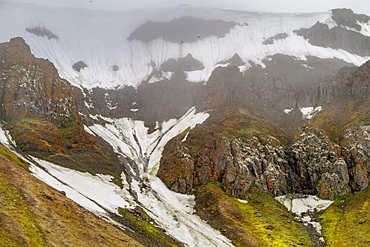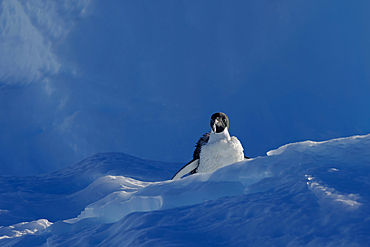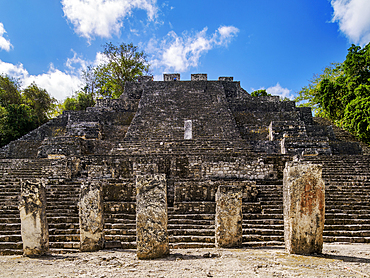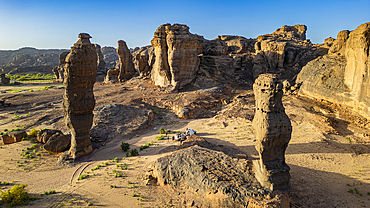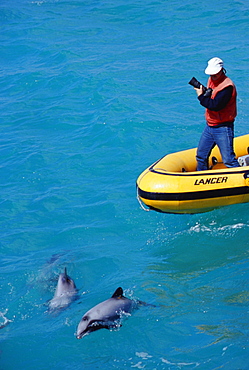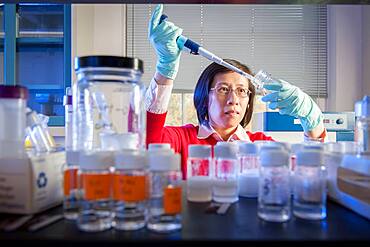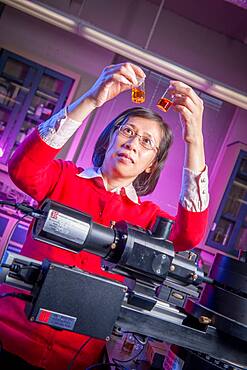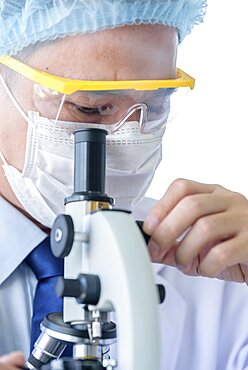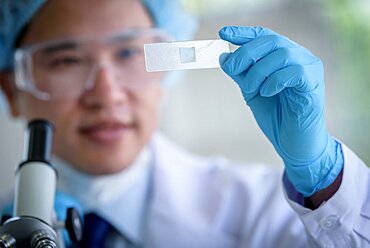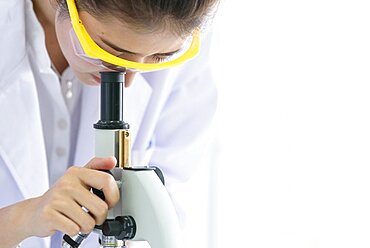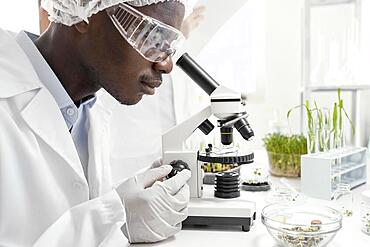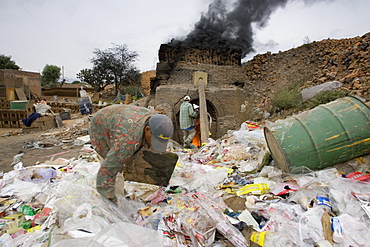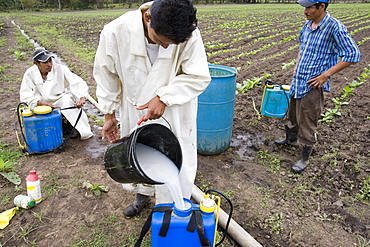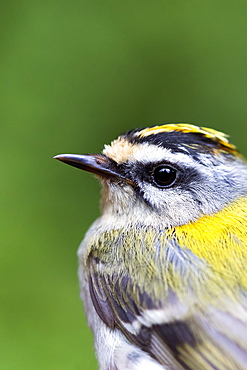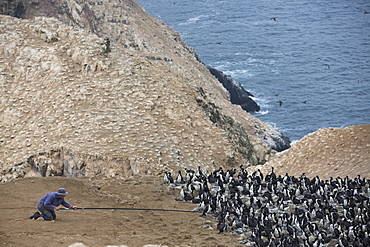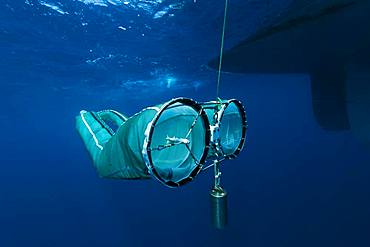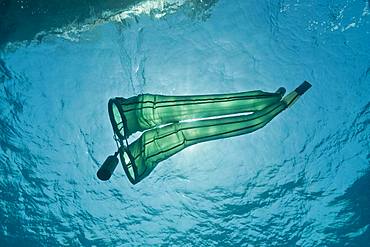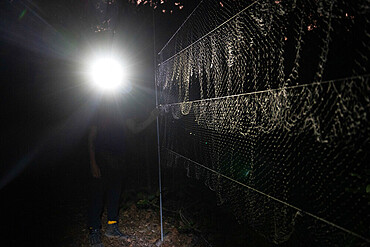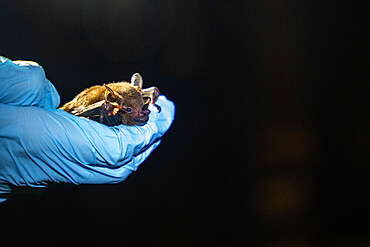Results
11 results found

A close up view of a beetle on hogweed (Heracleum spp) found in the Solovetsky Islands, Arkhangelsk Oblast, White Sea, Russia, Arctic, Europe

Views signpost and the Trinity Church at Belingshausen Russian Research Station, Antarctica, Southern Ocean, Polar Regions
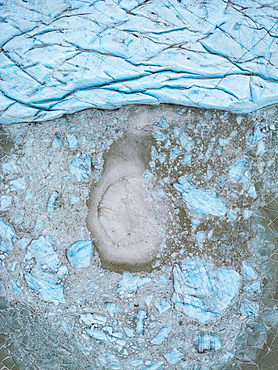
Aerial drone view of particular ice textures formed in the Hoffelsjokull glacier following global warming, Iceland, Polar Regions
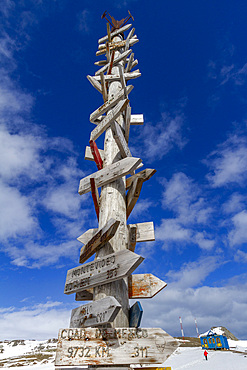
Views of the Chilean research base Presidente Eduardo Frei Montalva, Antarctica, Southern Ocean, Polar Regions
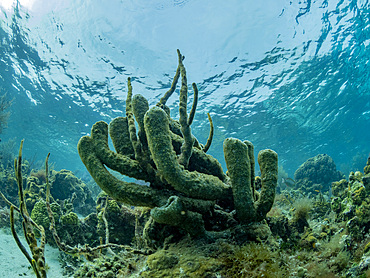
Underwater view of the reef along the circumference of the Great Blue Hole on Lighthouse Reef, UNESCO, Belize
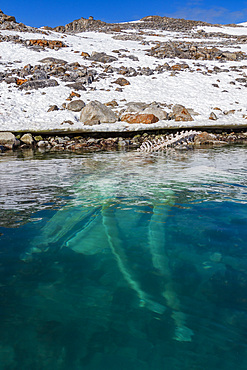
Adult fin whale (Balaenoptera physalus) carcass in Holmabukta off the northwest of the Svalbard Archipelago, Norway
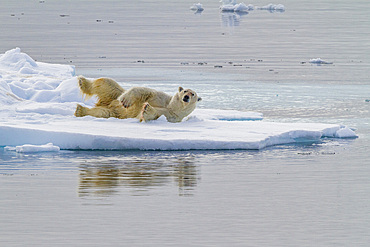
Adult polar bear (Ursus maritimus), on multi-year ice floes off the coast of Edgeoya, Svalbard, Norway
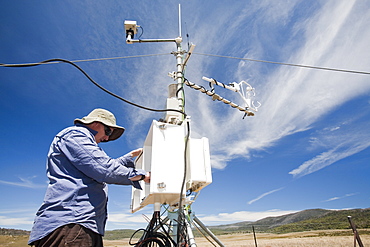
A scientific experiment by scientists from Sydney University, in the Snowy mountains, New South Wales, Australia, Pacific
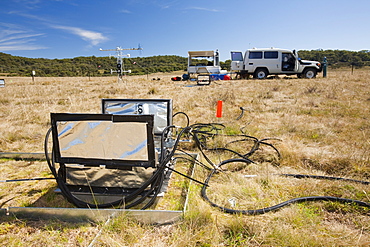
A scientific experiment by scientists from Sydney University, in the Snowy Mountains, New South Wales, Australia, Pacific
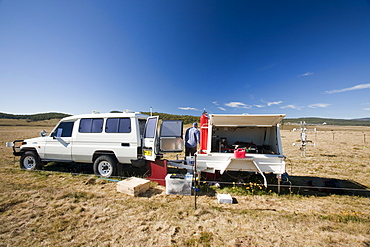
A scientific experiment by scientists from Sydney University, in the Snowy Mountains, New South Wales, Australia, Pacific
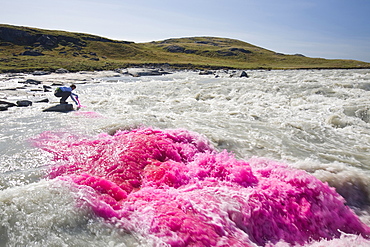
PHD scientist Ian Bartholomew using dye tracing techniques as part of a study to measure the speed of the Russell Glacier near Kangerlussuaq, Greenland, Polar Regions

PhD scientist Ian Bartholomew taking measurements as part of a study to measure the speed of the Russell Glacier near Kangerlussuaq, Greenland, Polar Regions
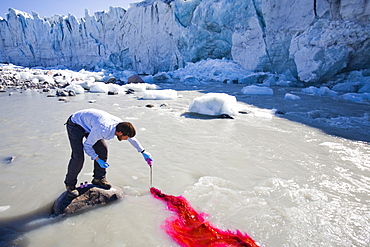
PHD scientist Ian Bartholomew using dye tracing techniques as part of a study to measure the speed of the Russell Glacier near Kangerlussuaq, Greenland, Polar Regions
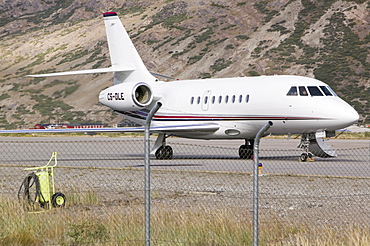
A plane at Kangerlussuaq airport used to fly transect flights over the Greenland ice sheet to measure air pollution from forest fires in Siberia, Greenland, Polar Regions
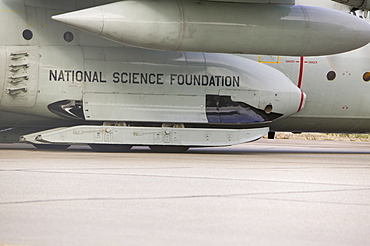
An American Air Force plane after a resupply flight to the science base on the summit of the Greenland Ice sheet, Kangerlussuaq Airport, Greenland, Polar Regions
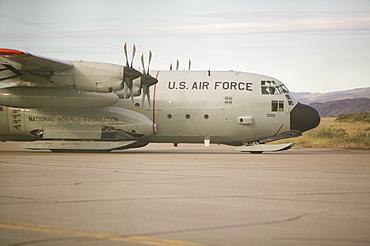
An American Air Force plane after a resupply flight to the science base on the summit of the Greenland Ice sheet, Kangerlussuaq Airport, Greenland, Polar Regions
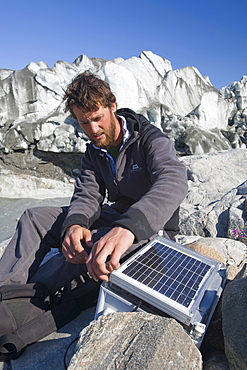
PHD scientist Ian Bartholomew taking measurements as part of a study to measure the speed of the Russell Glacier near Kangerlussuaq, Greenland, Polar Regions

Water temperatures being taken from the meltwater river at the snout of the Russell Glacier near Kangerlussuaq in Greenland, Polar Regions
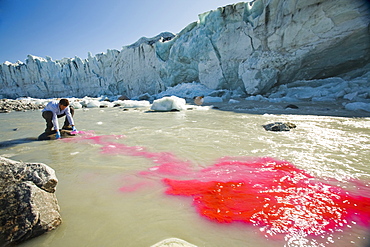
PHD scientist Ian Bartholomew using dye tracing techniques as part of a study to measure the speed of the Russell Glacier near Kangerlussuaq, Greenland, Polar Regions
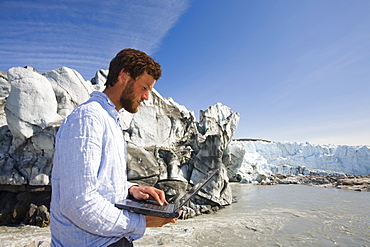
PhD scientist Ian Bartholomew taking measurements as part of a study to measure the speed of the Russell Glacier near Kangerlussuaq, Greenland, Polar Regions
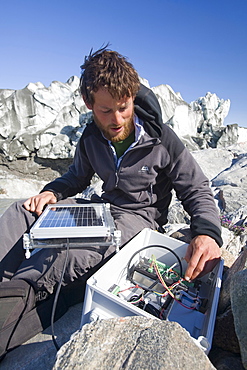
PHD scientist Ian Bartholomew taking measurements as part of a study to measure the speed of the Russell Glacier near Kangerlussuaq, Greenland, Polar Regions
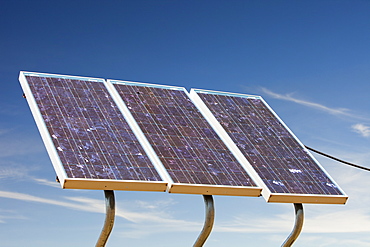
Solar panels used to generate electricity to power scientific equipment as part of a research project by scientists from Sydney University, in the Snowy Mountains, New South Wales, Australia, Pacific
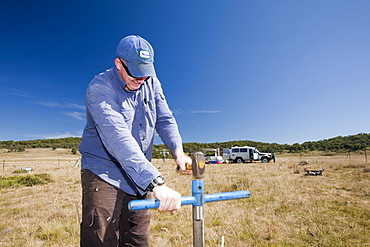
Robert Simpson takes soil samples to measure the level of methanotropic bacteria during an experiment by scientists from Sydney University, in the Snowy mountains, New South Wales, Australia Pacific
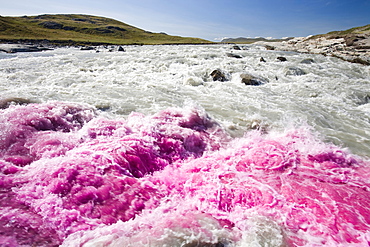
PHD scientist Ian Bartholomew using dye tracing techniques as part of a study to measure the speed of the Russell Glacier near Kangerlussuaq, Greenland, Polar Regions
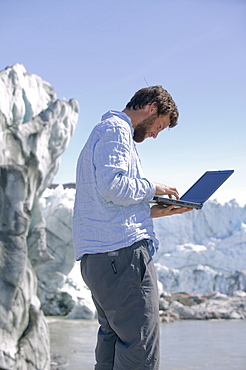
PhD scientist Ian Bartholomew taking measurements as part of a study to measure the speed of the Russell Glacier near Kangerlussuaq, Greenland, Polar Regions
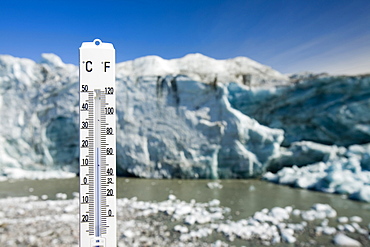
A thermometer taking the air temperature as part of a study to measure the speed of the Russell Glacier near Kangerlussuaq Greenland, Polar Regions

New Zealand Whale and Dolphin Trust working with Hectors dolphins (Cephalorhynchus hectori) Akaroa, South Island: New Zealand.
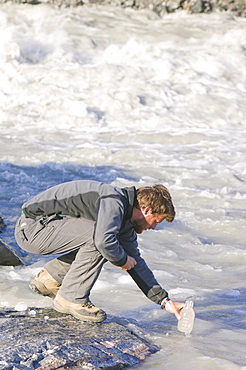
PHD scientist Ian Bartholomew using dye tracing techniques as part of a study to measure the speed of the Russell Glacier near Kangerlussuaq in Greenland, Polar Regions

PHD scientist Ian Bartholomew using dye tracing techniques as part of a study to measure the speed of the Russell Glacier near Kangerlussuaq, Greenland, Polar Regions
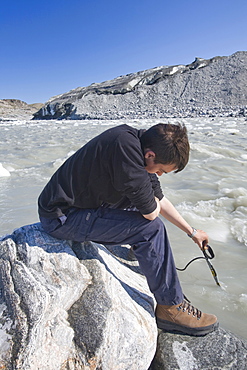
PHD scientist Ian Bartholomew taking measurements as part of a study to measure the speed of the Russell Glacier near Kangerlussuaq, Greenland, Polar Regions
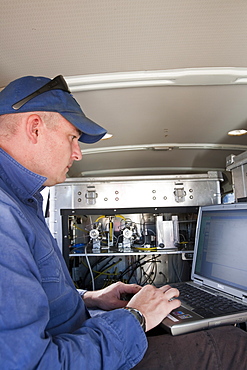
Robert Simpson conducts a scientific experiment by Sydney University, Australia, in the Snowy mountains, New South Wales, Australia, Pacific

Solar panels used to generate electricity to power scientific equipment as part of a research project by scientists from Sydney University, in the Snowy Mountains, New South Wales, Australia, Pacific

Solar panels used to generate electricity to power scientific equipment as part of a research project by scientists from Sydney University, in the Snowy Mountains, New South Wales, Australia, Pacific
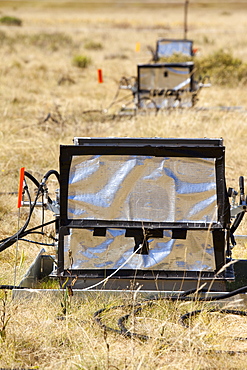
A scientific experiment by scientists from Sydney University, in the Snowy Mountains, New South Wales, Australia, Pacific
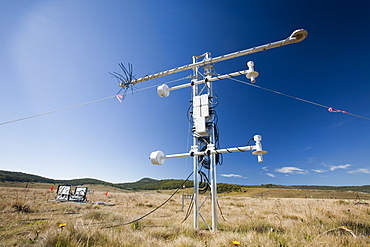
A scientific experiment by scientists from Sydney University, in the Snowy Mountains, New South Wales, Australia, Pacific
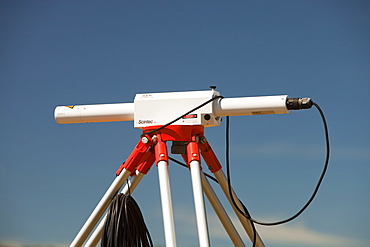
A laser being used as part of a scientific experiment by scientists from Sydney University, in the Snowy Mountains, New South Wales, Australia, Pacific
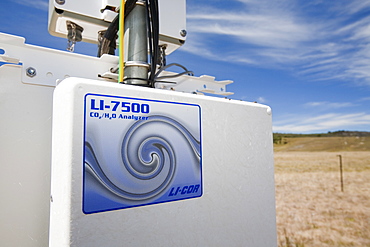
A scientific experiment by scientists from Sydney University, in the Snowy Mountains, New South Wales, Australia, Pacific
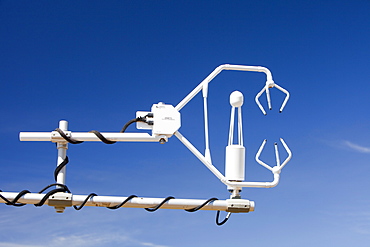
A scientific experiment by scientists from Sydney University, in the Snowy Mountains, New South Wales, Australia, Pacific
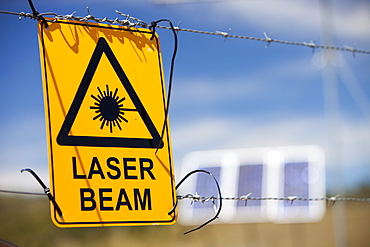
A warning sign about laser beams as part of a scientific study, Snowy mountains, New South Wales, Australia, Pacific
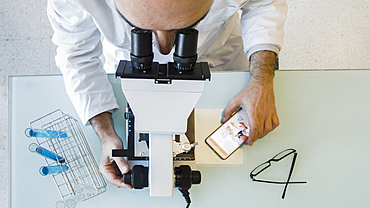
Mature scientist male in his 50s wearing a lab coat looking through a microscope in a laboratory. Basque Country, Spain, Europe.
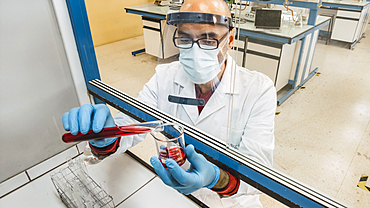
Male scientist in a biosafety cabinet with test tubes in a laboratory. Basque Country, Spain, Europe.
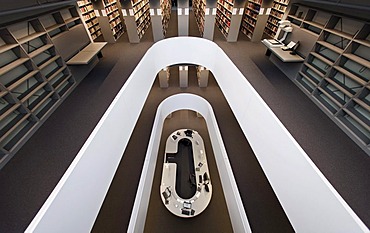
Neue Philologische Bibliothek or new philological library of the Freie Universitaet Berlin university, designed by Norman Foster, Berlin, Germany, Europe

Beautiful African American girl with dark curly hair standing near board and giving presentation to colleagues in office. Young business woman looking on her coworkers while discussing new project

Beautiful African American girl with dark curly hair standing near board and giving presentation to colleagues in office. Young business woman looking on her coworkers while discussing new project
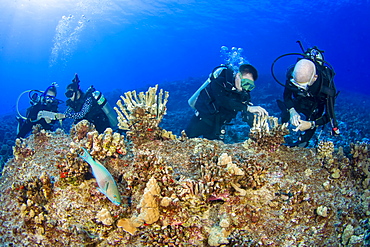
Research divers from the MOC Marine Institute glue broken coral heads back together and map out coral damage at Molokini Marine Preserve off the island of Maui, Hawaii. In the future, data from here will help to determine the health of Hawaii's reefs, Maui, Hawaii, United States of America
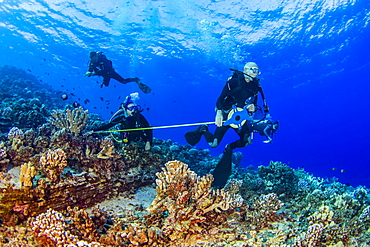
Research divers from the MOC Marine Institute map out coral damage at Molokini Marine Preserve off the island of Maui, Hawaii. In the future, data from here will help to determine the health of Hawaii's reefs, Maui, Hawaii, United States of America
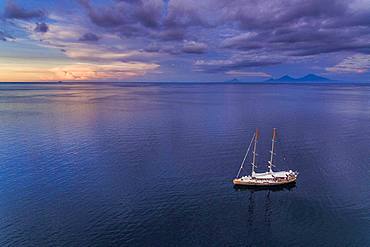
Tara Pacific expedition - november 2017 Tara in Kimbe Bay, papua New Guinea, H: 103,6 m, mandatory credit line: Photo: Christoph Gerigk, drone pilot: Guillaume Bourdin - Tara Expeditions Foundation
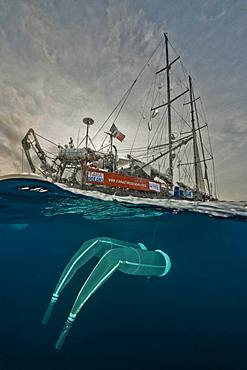
Tara Oceans Expeditions - May 2011. Tara with deployed plancton nets. On "station", the boat is drifting without engine or sails. Tara Oceans, a unique expedition: Tara Oceans is the very first attempt to make a global study of marine plankton, a form of sea life that includes organisms as small as viruses and bacterias, and as big as medusas. Our goal is to better understand planktonic ecosystems by exploring the countless species, learning about interactions among them and with their environment. Marine plankton is the only ecosystem that is almost continuous over the surface of the Earth. Studying plankton is like taking the pulse of our planet. Recently, scientists have discovered the great importance of plankton for the climate: populations of plankton are affected very rapidly by variations in climate. But in turn they can influence the climate by modifying the absorption of carbon. In a context of rapid physico-chemical changes, for example the acidification observed today in the world's oceans, it is urgent to understand and predict the evolution of these particular ecosystems. Finally, plankton is an astonishing way of going back in time ? a prime source of fossils. Over the eons, plankton has created several hundred meters of sediment on the ocean floors. This allows us to go back in time, to the first oceans on Earth, and better understand the history of our biosphere. More than 12 fields of research are involved in the project, which will bring together an international team of oceanographers, ecologists, biologists, geneticists, and physicists from prestigious laboratories headed by Eric Karsenti of the European Molecular Biology Laboratory. Galapagos
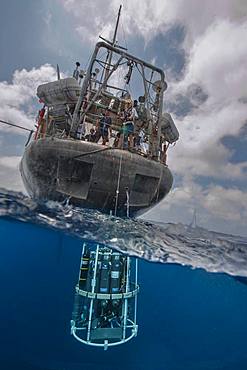
Tara Oceans Expeditions - May 2011. CTD-Rosette (Conductivity Temperature Density instrumental platform with 7 additional sensors)
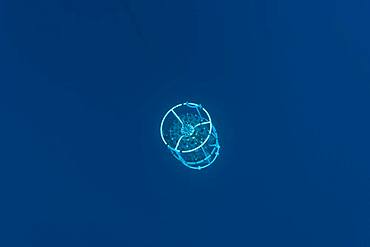
Tara Oceans Expeditions - May 2011. CTD-Rosette (Conductivity Temperature Density instrumental platform with 7 additional sensors), Galapagos
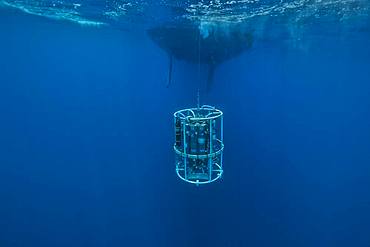
Tara Oceans Expeditions - May 2011. CTD-Rosette (Conductivity Temperature Density instrumental platform with 7 additional sensors), galapagos
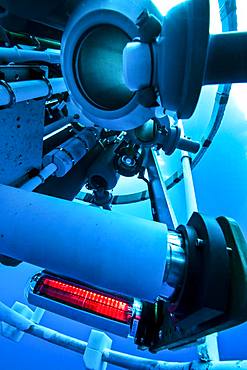
Tara Oceans Expeditions - May 2011. CTD-Rosette (Conductivity Temperature Density instrumental platform with 7 additional sensors), Galapagos
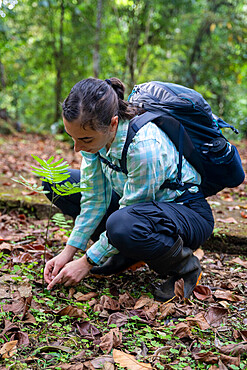
27-year-old researcher in front of the Pracaxi legume (Pentaclethra macroloba) at the "La Selva" research station in Puerto Viejo de Sarapiqui, Costa Rica

Researchers walking through the rainforest at the "La Selva" research station in Puerto Viejo de Sarapiqui, Costa Rica

27-year-old researcher and her team working on nitrogen exchange between bacteria and the roots of legumes in the rainforest at the "La Selva" research station in Puerto Viejo de Sarapiqui, Costa Rica
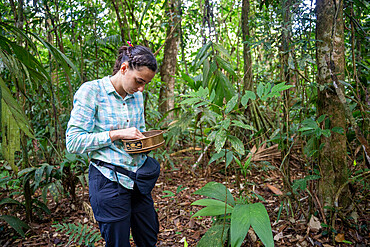
27-year-old researcher working on nitrogen exchange between bacteria and the roots of legumes in the rainforest at the "La Selva" research station in Puerto Viejo de Sarapiqui, Costa Rica
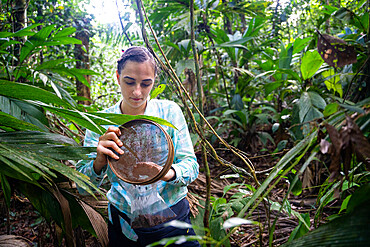
27-year-old researcher working on nitrogen exchange between bacteria and the roots of legumes in the rainforest at the "La Selva" research station in Puerto Viejo de Sarapiqui, Costa Rica

Instrument for measuring soil humidity at research station ?La Selva? in Puerto Viejo de Sarapiqui, Costa Rica

Research assistant working on nitrogen exchanges between bacteria and the roots of legumes in the tropical forest of the "La Selva" research station in Puerto Viejo de Sarapiqui, Costa Rica

27-year-old researcher working on nitrogen exchange between bacteria and the roots of legumes in the rainforest at the "La Selva" research station in Puerto Viejo de Sarapiqui, Costa Rica
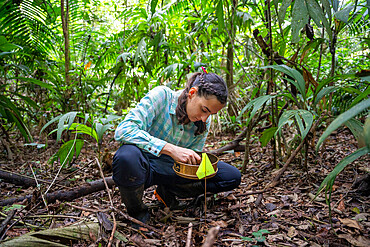
27-year-old researcher working on nitrogen exchange between bacteria and the roots of legumes in the rainforest at the "La Selva" research station in Puerto Viejo de Sarapiqui, Costa Rica
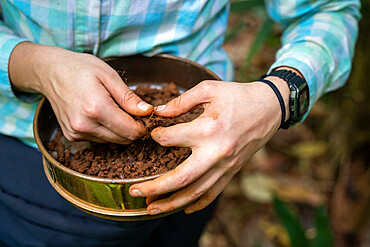
27-year-old researcher working on nitrogen exchange between bacteria and the roots of legumes in the rainforest at the "La Selva" research station in Puerto Viejo de Sarapiqui, Costa Rica
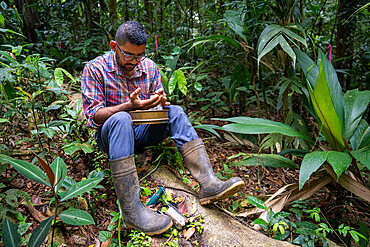
Research assistant working on nitrogen exchanges between bacteria and the roots of legumes in the tropical forest of the "La Selva" research station in Puerto Viejo de Sarapiqui, Costa Rica
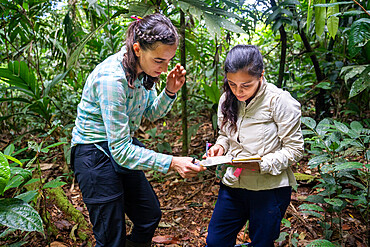
27-year-old researcher and her team working on nitrogen exchange between bacteria and the roots of legumes in the rainforest at the "La Selva" research station in Puerto Viejo de Sarapiqui, Costa Rica

27-year-old researcher working in a lab on nitrogen exchange between bacteria and the roots of legumes in the rainforest at the "La Selva" research station in Puerto Viejo de Sarapiqui, Costa Rica
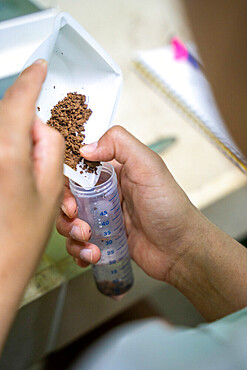
Earth diluted with water in order to extract the PH from the soil as part of a study on nitrogen exchanges between bacteria and the roots of legumes in the tropical forest of the "La Selva" research station in Puerto Viejo from Sarapiqui, Costa Rica
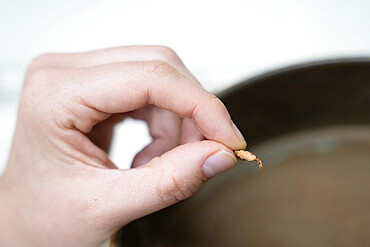
27-year-old female researcher working on nitrogen exchange between bacteria and the roots of legumes showing an example of a nodule of bacteria attached to the roots in the rainforest of the "La Selva" research station in Puerto Viejo de Sarapiqui, Costa Rica
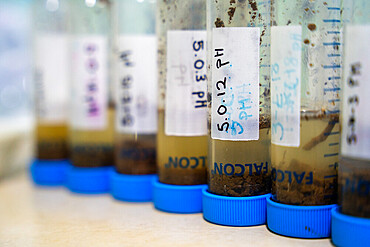
Earth diluted with water in order to extract the PH from the soil as part of a study on nitrogen exchanges between bacteria and the roots of legumes in the tropical forest of the "La Selva" research station in Puerto Viejo from Sarapiqui, Costa Rica

Installation of a sign on a hiking trail indicating the presence of nets to capture bats as part of a pollination study, rainforest of the "La Selva" research station in Puerto Viejo de Sarapiqui, Costa Ricardo
